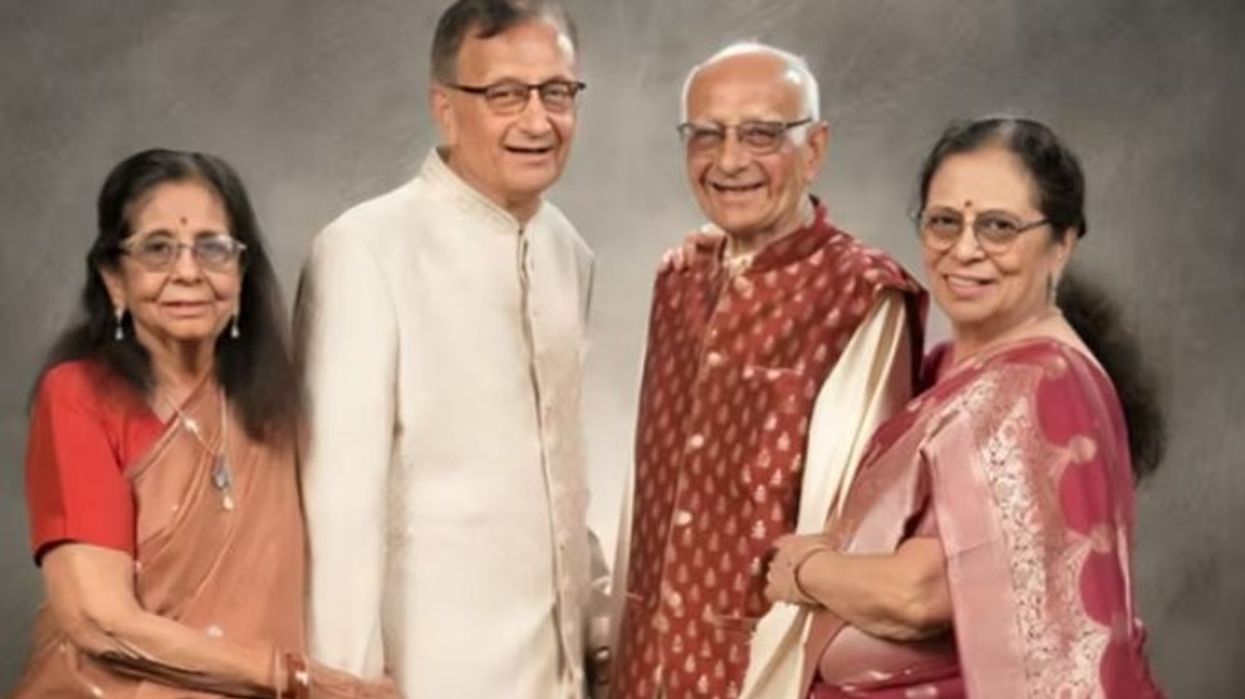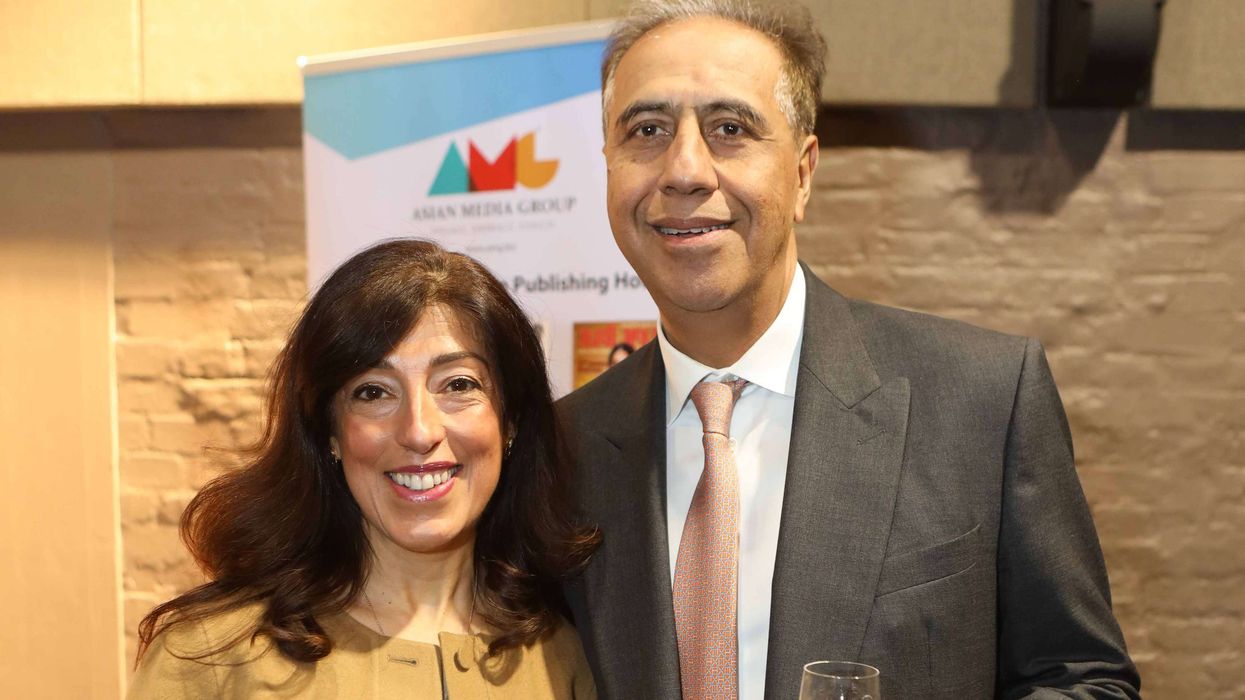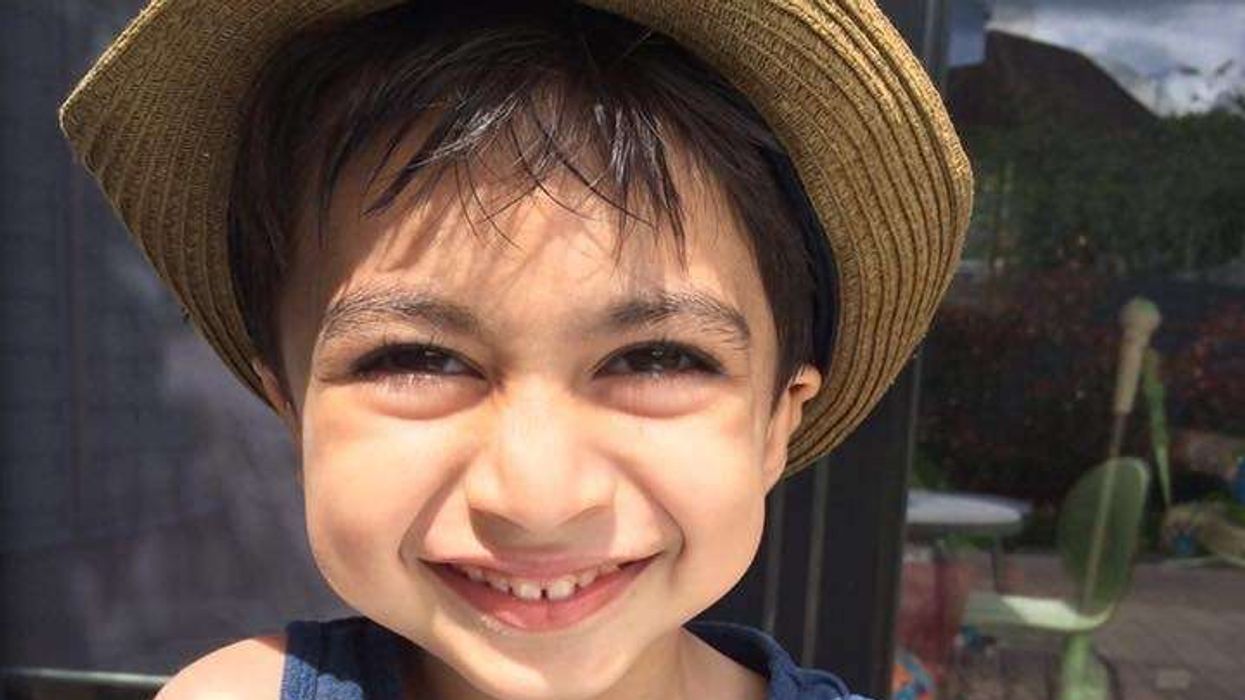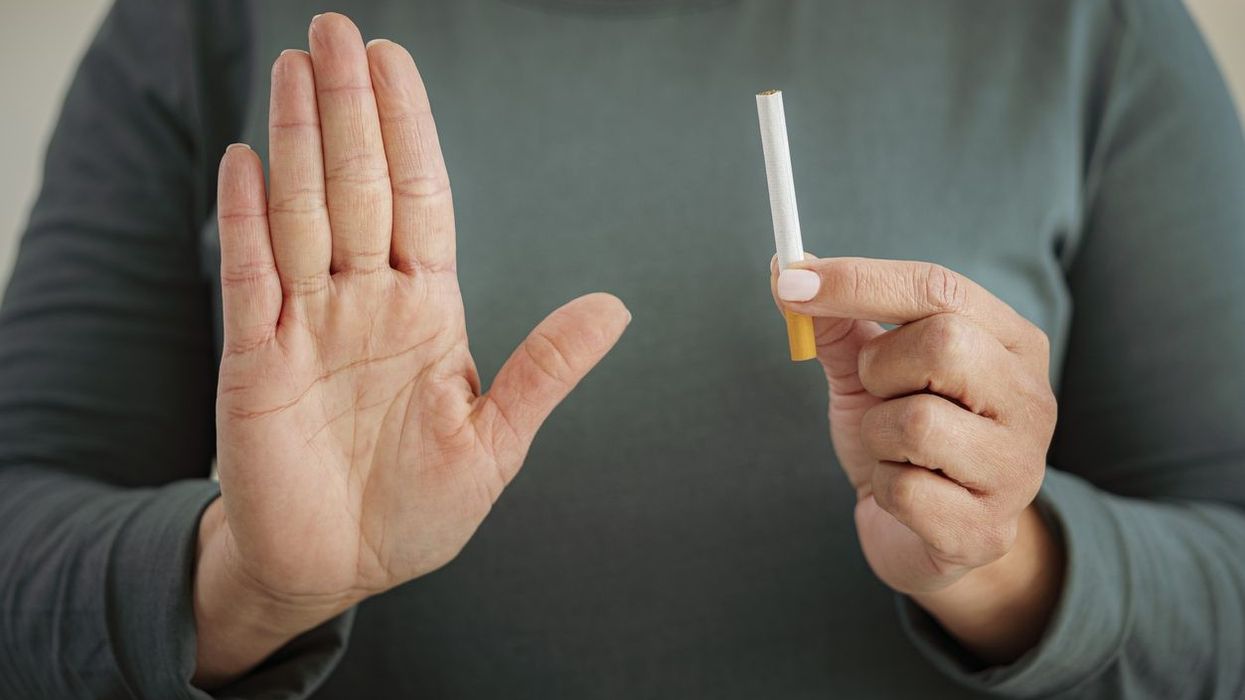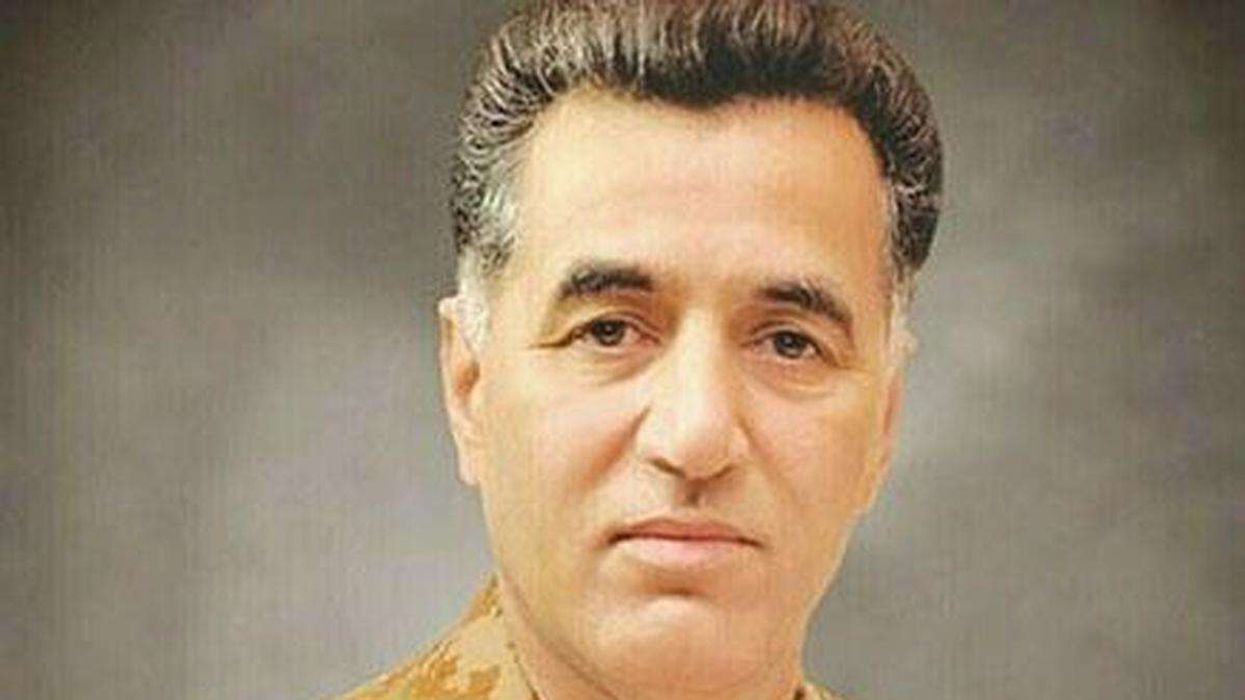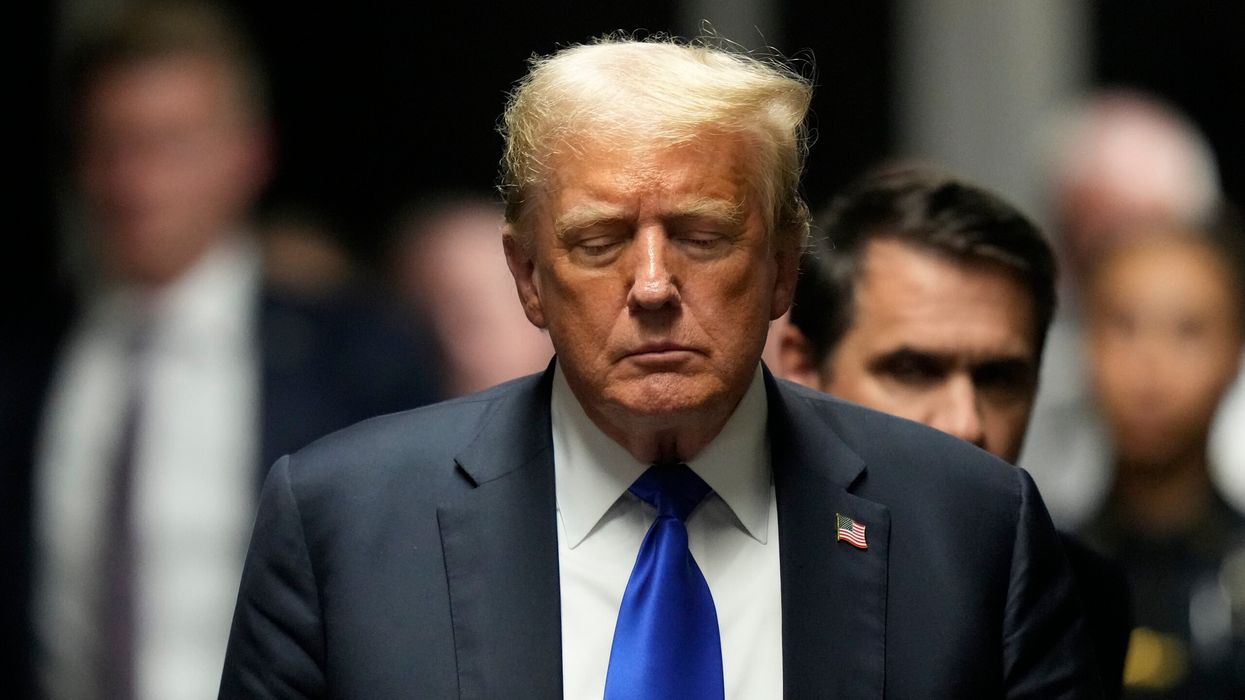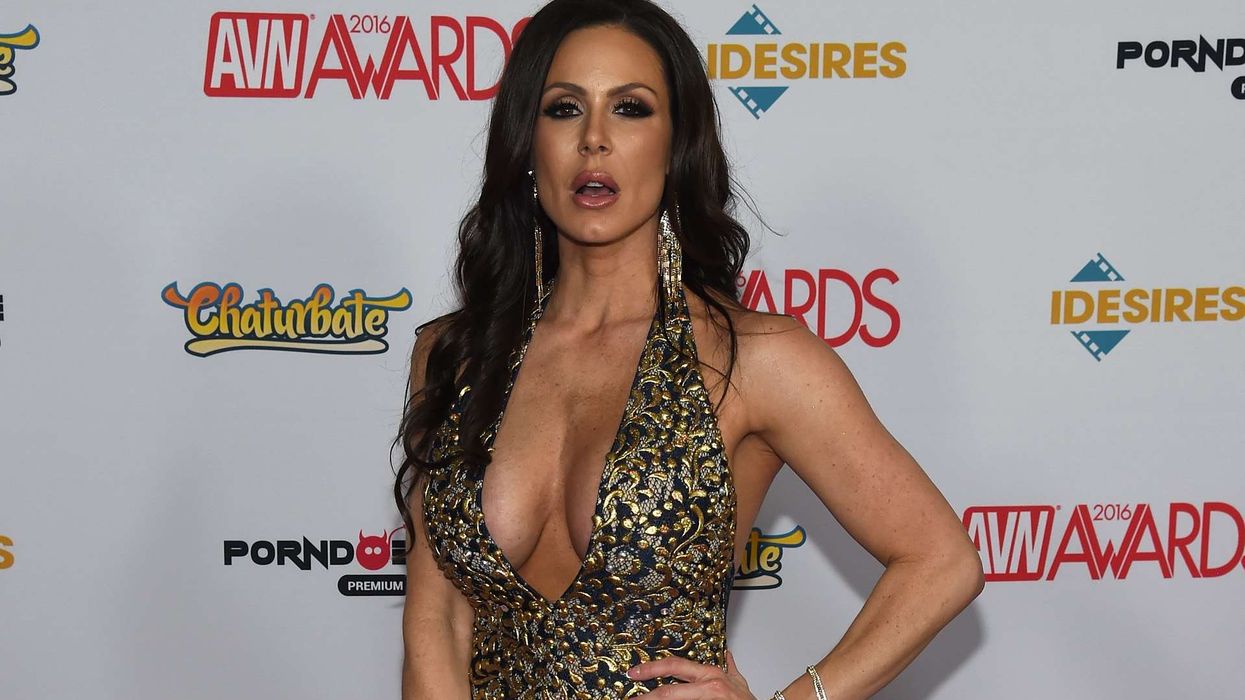FOUR senior Indian-origin individuals were found dead after a car crash in West Virginia, authorities said on Sunday.
Marshal County Sheriff Mike Dougherty identified the victims as Kishore Divan, Asha Divan, Shailesh Divan, and Gita Divan. Their vehicle was discovered on August 2 around 9:30 PM off a steep embankment along a road in Marshal County.
The four had been reported missing from Buffalo, New York. First responders were at the crash site for over five hours. Dougherty expressed condolences to the victims' families.
Earlier, Sibu Nair, Director of Asian American and Pacific Islander Affairs in the Office of New York State Governor Kathy Hochul, had posted a “Missing Persons – Please Help” alert on Facebook seeking assistance in locating the Divans.
Nair said the Divans, “beloved members of our community,” were last seen on Tuesday after visiting a temple in Pittsburgh and heading to the Palace Lodge Hotel in Moundsville, West Virginia. “Sadly, they never arrived,” he said.
According to Nair, they were driving a light green car and were last captured on security footage at a fast-food restaurant in Erie, Pennsylvania.
“It has now been over 3 days with no contact,” Nair had written, urging people travelling near the area, particularly the “final 22-minute stretch near the hotel, which is known to be difficult terrain,” to be vigilant.
Nair had also shared photos and clothing details of the family, appealing to the public: “Let’s come together and do all we can to bring them home safely.”
(With inputs from PTI)
